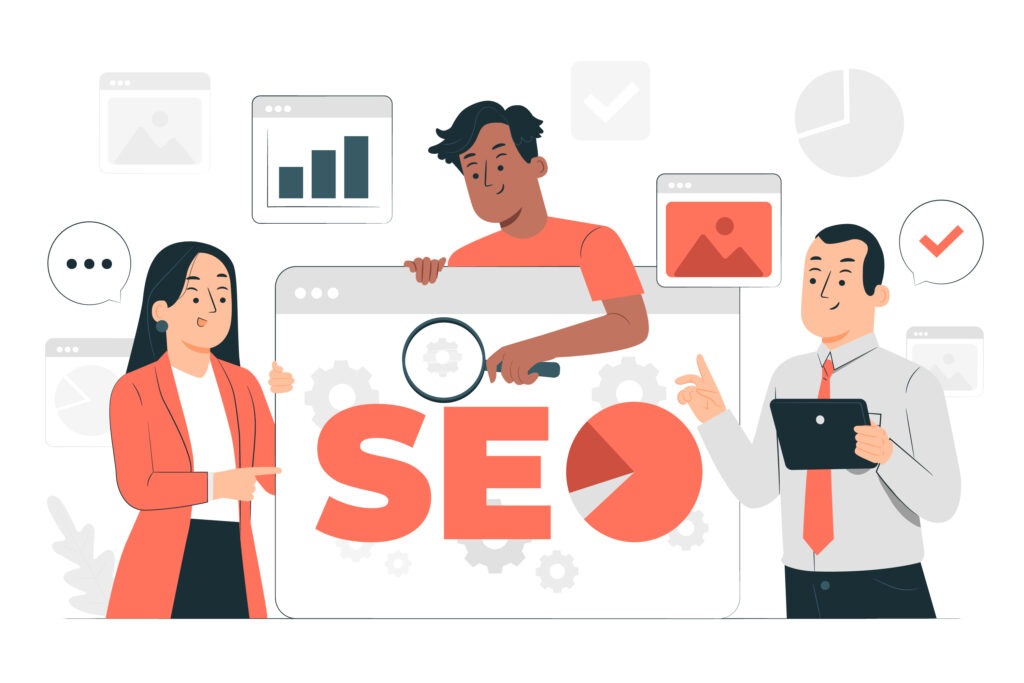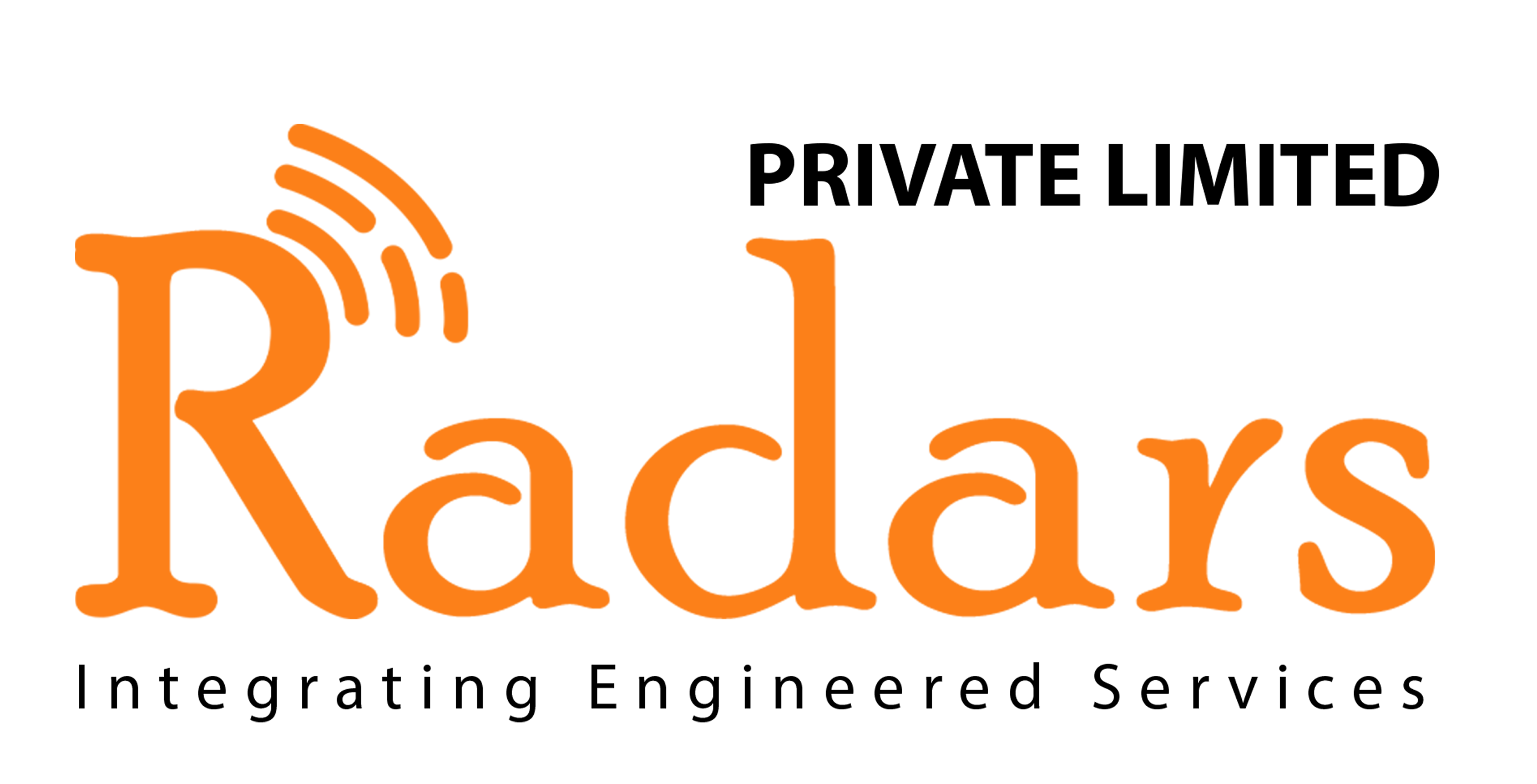SEO friendly website
SEO friendly website are essential for digital success, and one of the critical decisions you’ll need to make is whether to opt for a custom design or a template-based design. Both approaches have unique advantages and challenges, particularly when it comes to search engine optimization. Moreover, the choice you make will influence not only your website’s visual appeal but also its SEO performance, loading speed, and user experience. Therefore, in this post, we’ll explore the pros and cons of custom vs. template-based web design, with a focus on their impact on these key areas.
What is Custom SEO friendly Website Design?
Custom web design refers to the process of creating a unique, SEO friendly website tailored to meet a business’s specific needs, goals, and brand identity. This approach involves collaborating closely with web designers and developers to build a site from scratch, incorporating personalized code, structure, and layout. By optimizing the site for search engines during the design and development phases, businesses can ensure improved visibility, enhanced user experience, and alignment with SEO best practices. This includes elements like clean code, fast loading times, mobile responsiveness, and optimized content structures, all of which contribute to a strong online presence.
SEO Advantages of Custom Web Design:
Control Over SEO Elements
: Custom websites offer complete control over on-page SEO elements like heading tags, metadata, image alt texts, and URL structures. As a result, this ensures that everything is optimized according to your SEO strategy. Furthermore, having full control over these elements allows for more precise and tailored optimization, leading to better search engine rankings
Optimized for Speed and Performance
:With a custom design, developers can fine-tune every aspect of the site for maximum speed, which is crucial for SEO. Consequently, faster sites tend to rank better and, as a result, improve user experience
Unique User Experience (UX)
: A custom-designed site, for instance, allows you to build the perfect user journey. This, in turn, reduces bounce rates and increases engagement, both of which are important ranking factors for SEO. Consequently, a well-designed website not only improves user experience but also contributes to better search engine rankings
Scalability
: As your website grows, naturally, a custom design can easily be scaled and adjusted to accommodate additional features, integrations, and SEO best practices. Furthermore, this flexibility ensures that your website remains adaptable as your business evolves. In addition, a custom design allows for more efficient updates, ensuring you stay ahead in an ever-changing digital landscape

What is Template-Based SEO friendly Website Design?
Template-based web design uses pre-built, customizable templates from website builders like WordPress, Wix, and Squarespace, offering a fast and cost-effective way to create websites with easy deployment and management.
SEO Advantages of Template-Based Web Design:
Speed and Cost-Effective
: Template-based sites can be launched quickly and are generally more affordable. Furthermore, many templates come with basic SEO functionalities, such as the ability to edit title tags, meta descriptions, and image alt text.
Mobile-Friendly and Responsive
Most modern templates are responsive out of the box, meaning they automatically adapt to mobile devices. Moreover, since Google uses mobile-first indexing, having a mobile-friendly site has become an increasingly crucial SEO factor
Built-in SEO Features
:Many template-based platforms, for instance, offer built-in SEO tools or plugins (e.g., Yoast SEO for WordPress), which, in turn, simplify the optimization process. Additionally, these tools often provide suggestions and automatic adjustments, making it easier to enhance a site’s SEO without much technical expertise
Pros of SEO friendly Custom Web Design
A. Full Control Over SEO Optimization
With custom web design, you have complete control over every element of your site’s structure and code. As a result, this enables you to implement SEO best practices like
- Optimizing page load times by reducing unnecessary code and plugins.
- Structuring your website’s navigation for better crawlability by search engines.
- Implementing clean, semantic HTML that search engines can easily interpret.
B. Tailored for Your Brand
Custom websites allow you to create a unique user experience that reflects your brand’s identity. In addition, this personalized experience can help keep users engaged while reducing bounce rates, which are factors that Google uses to rank websites.
C. Future-Proofing Your Site
As SEO best practices evolve, therefore, a custom website allows you to stay ahead of the curve. For instance, you can implement new features, like schema markup for rich snippets, faster loading times, or advanced tracking systems whenever necessary.

Cons of Custom Web Design for SEO
A. Time and Budget Constraints
Custom web design usually takes more time and requires a bigger budget, as both the design and SEO need careful planning, implementation, and testing, which can delay the launch compared to using a pre-designed template.
B. Ongoing Maintenance
With a custom website, however, ongoing maintenance is required to ensure the site remains optimized for SEO. This includes, for instance, updating content, fixing broken links, or improving site performance as Google’s algorithms change. Additionally, staying on top of these updates helps maintain the site’s relevance and ranking
C. Risk of Poor SEO Implementation
Template-based web design uses pre-built templates from platforms like WordPress, Wix, and Squarespace, offering a quick and affordable way to create websites. While templates are easy to use and deploy, making them SEO-friendly may need extra customization, such as optimizing headings, metadata, mobile responsiveness, and page speed. With proper adjustments, template-based websites can be both cost-effective and SEO friendly website.
Pros of Template-Based SEO friendly Web Design
A. Faster Development and Lower Costs
Template-based websites are quicker and cheaper to launch, which is ideal for businesses that need a website fast. Additionally, many templates already come with built-in SEO features, such as customizable SEO fields and mobile-friendly designs, therefore making it easier to implement basic SEO tactics
B. Ready-Made Mobile Optimization
Google uses mobile-first indexing, meaning that the mobile version of your website is considered the primary version. As a result, most modern templates are designed to be responsive, ensuring that your website will perform well on mobile devices, which is an essential SEO factor.
C. Built-In SEO Tools
Template-based platforms often come with user-friendly SEO plugins that can help optimize your website. For instance, WordPress templates commonly integrate with Yoast SEO, which, in turn, helps users implement key SEO elements, such as meta tags, sitemaps, and social media sharing. As a result, these tools make SEO management more accessible and efficient for website owners
Cons of Template-Based SEO friendly Website Design
A. Limited Customization
Templates can be restrictive when it comes to customizing the website’s design and functionality. This means your SEO efforts may be limited if the template’s structure doesn’t align with your SEO needs. For example, some templates may not allow easy adjustments to URL structures, page layouts, or code to optimize for specific keywords.
B. Risk of Overuse
Since templates are widely available, many other businesses may use the same design, which can make your website look generic and less authoritative. Search engines value unique and high-quality content, and websites with a common, overused template may not stand out in rankings.
C. Potential SEO Limitations
While templates often come with built-in SEO features, they may not be as comprehensive or flexible as a custom-built site. For example, some templates may have poorly optimized code or too many extraneous features that slow down load times, which can hurt SEO rankings.

Which Is Better for SEO friendly website?
Custom Web Design
: Best for businesses that require full control over SEO, want a unique user experience, and are willing to invest in long-term growth. It offers greater flexibility for SEO optimization but requires a higher budget and more development time.
Template-Based Web Design
: Ideal for businesses on a budget or those that need a website quickly. It can be SEO-friendly when set up correctly but may have limitations in customization and scalability.

